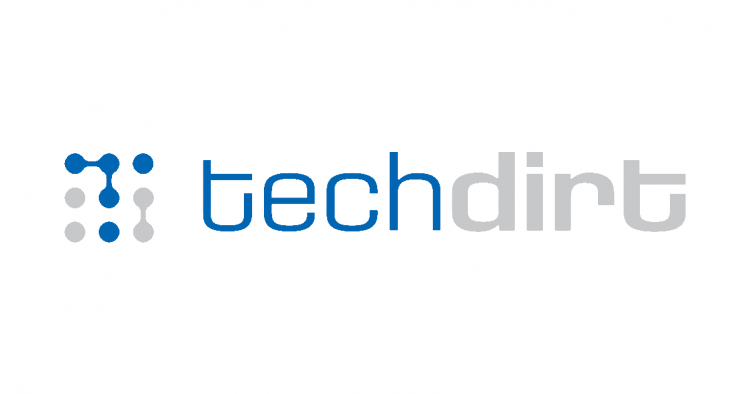from the it’s-far-better-than-the-nothing-the-LAPD-has-offered-in-the-past dept
The Los Angeles Police Department is one of the largest in the United States. To say it’s resistant to change would be an understatement. It — like the NYPD — is also resistant to oversight, transparency, and accountability.
It may not be as openly antagonistic as the NYPD but it has a multitude of problems that have gone unaddressed for years. That’s what has allowed the LAPD to do things like tell the press and FOIA requesters it has never used facial recognition tech — something followed shortly thereafter by the release of documents showing the PD used the tech 30,000 times in the past decade.
It’s this unwillingness to be accountable that has led to LAPD officers filing false reports to place innocent residents in gang databases. It’s this disinterest in internal accountability that has led to LAPD officials blaming officer misconduct on predictive policing software, rather than the officers themselves. And when the LAPD can finally be convinced to give up surveillance tech that hurts rather than helps, it takes a worldwide pandemic to make it happen.
So, color me underwhelmed when the LAPD adopts reforms targeting surveillance tech. On one hand, it may show the LAPD finally realizes the current situation is untenable and it needs to make concessions to regain the public’s trust. On the other hand, the ready acceptance of limits on surveillance suggests the reforms are something the LAPD can absorb without having to work on changing the caustic police culture that has generated criticism pretty much since its inception.
The Los Angeles Police Commission on Tuesday adopted new rules for how police can use crimefighting technologies, despite opposition from advocacy groups who said they could lead to increased surveillance of people.
Under the new policy, the LAPD must submit a detailed proposal to the commission before deploying a particular type of technology, which spells out whether any data will be collected on people and for how long it will be kept, any infringements on people’s privacy and civil rights, and what safeguards are in place to guard against misuse.
Before voting to approve or reject them, the commission will discuss proposals in public, giving people the chance to take part in an “informed” debate about their use, Lizabeth Rhodes, director of the LAPD’s Office of Constitutional Policing and Policy, told commissioners at the panel’s meeting.
This is a good start, at least in terms of how it’s been presented. The real measure of its success will be its implementation. This will at least give the public a say in the acquisition and deployment of new surveillance tech. That’s a welcome change from the opacity the LAPD usually operates under.
But there are limits to the policy changes, which were unanimously approved by the Police Commission. This only affects tech already in use. It adds reporting requirements on deployments, but does not apparently allow for any post-deployment denial of further deployments if the public finds the current use unacceptable.
In addition, tech that may not have been subjected to this new process can still be used if approved by judges. That means cops can ask courts for permission to use tech that hasn’t been given public vetting. And those deployments apparently aren’t subject to the same reporting requirements.
Some of these limitations are already in use, as the LA Times reports. Similar policies govern facial recognition tech and drone deployments. The latter was long overdue. The former was already in place due to the LAPD’s banning of certain forms of facial recognition tech following public backlash against third-party providers like Clearview. The passage of a ban on facial recognition tech use by state agencies likely contributed to the LAPD’s sudden interest in limiting use of this tech, perhaps sensing the same limitations might soon be applied at the city level by local politicians.
As positive as these developments are, they’re limited by what they are: policy changes. These aren’t codified. And, for the most part, the LAPD will be the only entity that truly knows whether or not they’re being followed. Law enforcement agencies don’t mind instituting new policies as long as no one expects them to enforce them with meaningful discipline. The rules can be bent and broken at will with offenders receiving little more than verbal or written warnings. The reporting mandates only require information about deployments. Information about violations will presumably still be considered information the LAPD isn’t obligated to share with the public.
Better than nothing isn’t a very high bar to reach. That the LAPD has managed to clear it doesn’t mean the LAPD is on the road to recovery.
Filed Under: lapd, surveillance, transparency
Source by www.techdirt.com





























